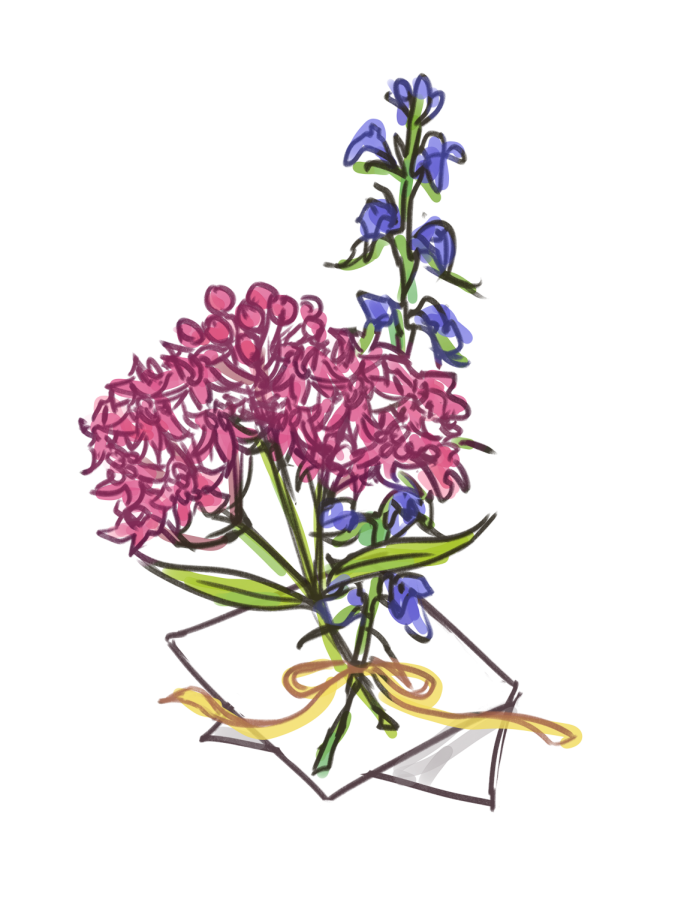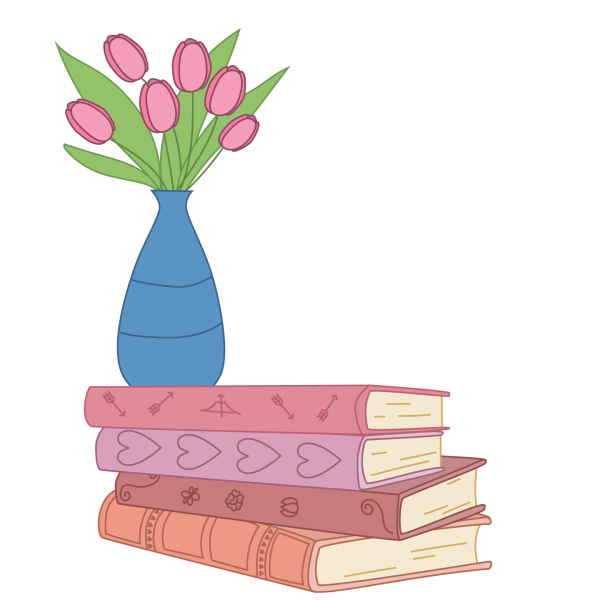Spring Has Sprung
How Native Plants Bolster our Ecosystem
Spring has officially sprung. With it, comes the delightful ecosystems that have been sleeping for the past few months which have opened their blossoms and developed new leaves. So many new smells and colors invade my senses, and I am reminded of how much I missed seeing green. But when one looks closer at the beautiful flowers, trees and bushes, they might notice something off.
These invaders, non-native plants, are one of the most detrimental aspects of a natural ecosystem. Yes, ecosystems have many non-natural dangers, such as people, cars, dogs, and more. However, students and faculty at Saint Louis University must begin to truly understand the detriments of planting non-native flowers simply for aesthetic appeal.
For starters, we must discuss the importance of native plants. These plants are best suited for the insects that populate a particular ecosystem. They also best help support pollinators, which include organisms ranging from bees to bats.
The second most important thing about native plants is that they are best suited to shelter native animals. On top of providing physical protection (for example, certain native trees provide ideal nesting conditions for native birds), they also provide food for native animals in the form of fruit, seeds and more.
Native plants are also better suited to the environment; in their care, they need less fertilizer and toxic bug sprays to survive. Although all plants can improve air quality, native plants can also prevent surface water runoff that non-native plants are potentially unsuited for.
Plants native to the region are also more capable of taking deep roots as they are suited best for the area’s weather because they have evolved and adapted to the local soil and weather conditions and are generally more capable of absorbing water.
The best non-native plants can do is harm and compete with native plant species, the worst is choking out native plants entirely. By being introduced into a non-native habitat, invasive species compete with the plants for space, resources, pollinators and more. Invasive species being introduced into an ecosystem can deplete the native plants or eradicate them entirely. An extreme example of this is Kudzu, which can take over an entire forest in as little time as a few days. Ecosystems are delicate and complex systems of plants and animals susceptible to even the slightest change in conditions. If a non-native plant destroys even one plant species, irreversible damage can cause an ecosystem to collapse.
Some non-native plants to Missouri that are common include: bush honeysuckle, autumn olive, amur cork tree and burning bush.
Some native Missouri plants that are beneficial are milkweed, eastern redcedar, blue lobelia and aromatic sumac.
It is essential that SLU supports native ecosystems and fosters pollinators in areas around campus. To do that, they must make an effort to plant and maintain species that are native to Missouri and are capable of contributing to the health of the local ecosystem. Missouri is classified as having a continental climate and therefore must make sure that the plants are suited to the climate and planted during a season that allows for the native plants to grow and prosper.
The most recent evidence that SLU has done anything to support the planting of native flowers and pollinators is the article “Grounds Services Updates Landscaping Practices to Support Sustainability Efforts” published in 2017. The article discussed the efforts by SLU to plant more flowers that are native in order to allow graduate students to study bee populations as well as to foster the health of productive ecosystems on campus grounds. The article also discusses how along with planting locally found flowers, SLU was reducing its pesticide use and switching to a more naturally based fertilizer.
So much of what students are used to seeing on campus is nothing more than grass. Though the green of spring grass is a welcome comparison to the colorless winter, so much more could be done to make our campus a more colorful place. It is time that SLU put in the effort to support more native plants and foster development in native ecosystems while simultaneously adding natural beauty to its campus. This way, students and staff can enjoy spring blossoms while knowing the university does more for the environment than just look pretty.
Your donation will support the student journalists of Saint Louis University. Your contribution will help us cover our annual website hosting costs.










